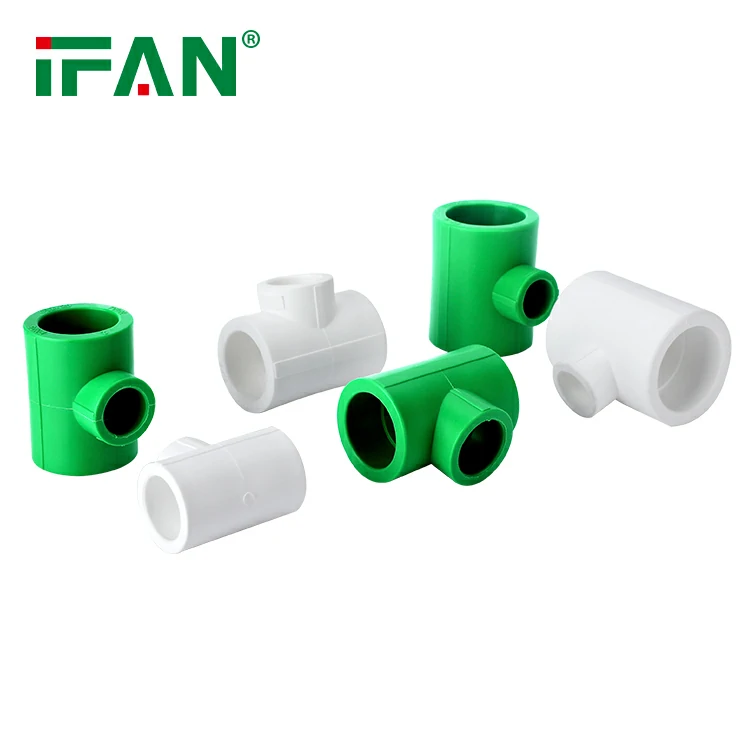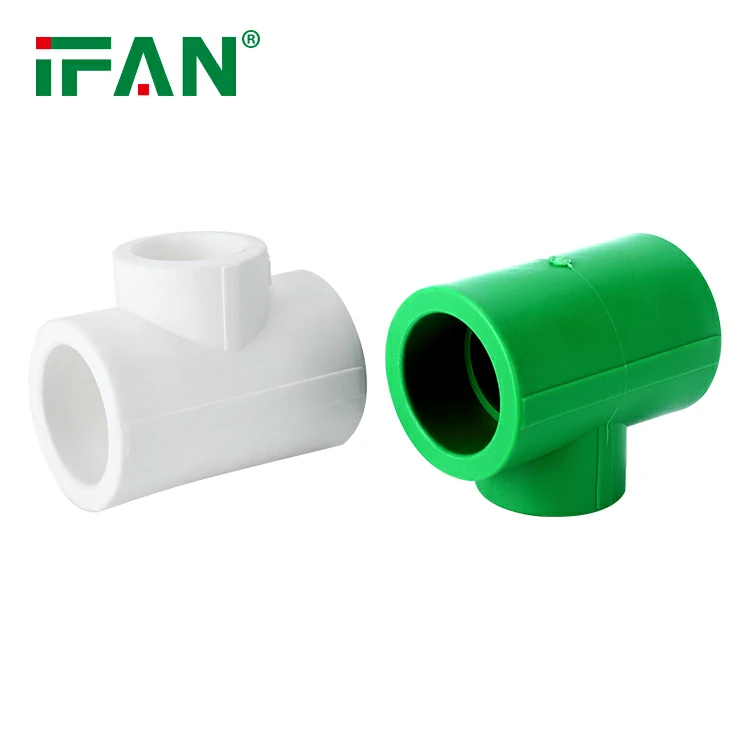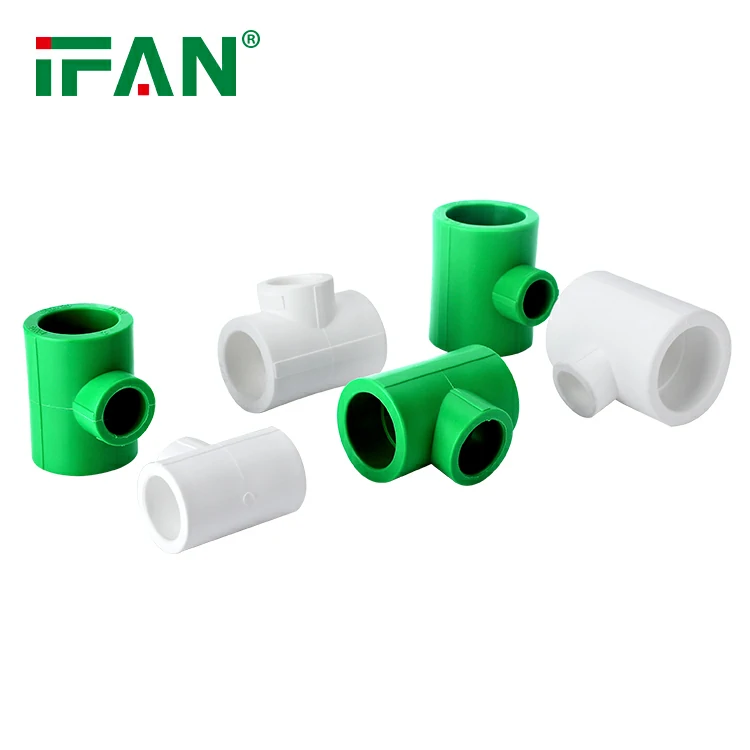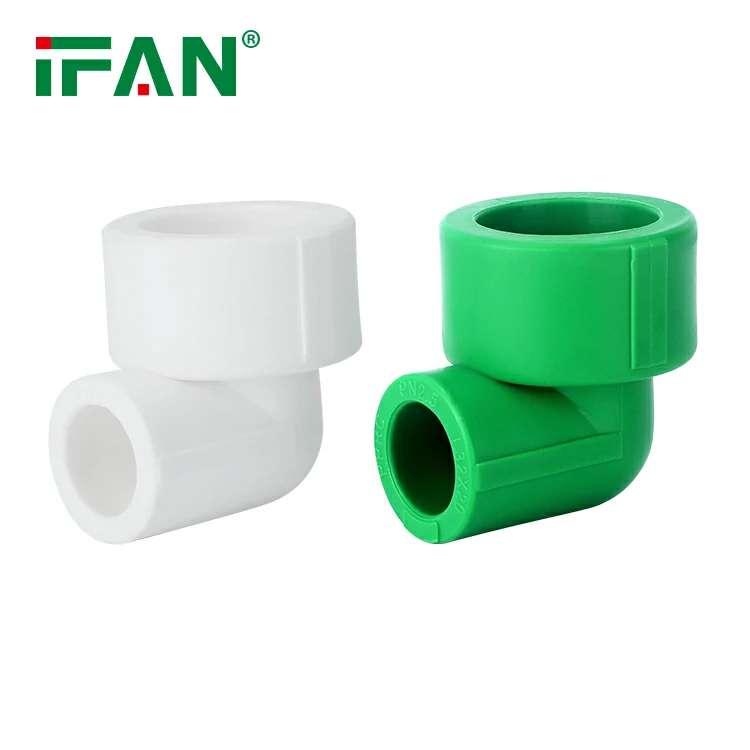IFAN factory 30+ years manufacture experience support color /size customization support free sample.Welcome to consult for catalog and free samples.This is our Facebook Website:www.facebook.com,Click to watch IFAN’s product video.Compared with Tomex products, our IFAN products from quality to price are your best choice, welcome to buy!
PPR (Polypropylene Random Copolymer) fittings have become a popular choice for modern plumbing due to their durability, cost-effectiveness, and ease of installation. However, like any other plumbing material, mistakes made during the installation process can affect the overall performance and longevity of the system. Whether you are a DIY enthusiast or a professional plumber, it is essential to avoid common mistakes when installing PPR fittings to ensure your system remains leak-free and efficient for years to come.
In this article, we’ll walk you through some of the most frequent errors when installing PPR fittings and provide tips on how to avoid them. With these helpful insights, you’ll be able to install your PPR system properly and maximize its lifespan.
1. Choosing Poor Quality PPR Fittings
One of the first mistakes to avoid is choosing low-quality PPR fittings. While they may seem like a cost-effective option upfront, low-quality fittings can cause problems down the line, including leaks, weak joints, and premature failure. It is essential to buy PPR fittings from reputable manufacturers to ensure they meet industry standards for durability and performance.
Tip to Avoid This Mistake: Always opt for high-quality PPR fittings from established brands or trusted suppliers. Look for certifications and ensure that the fittings are designed for the specific temperature and pressure requirements of your plumbing system.
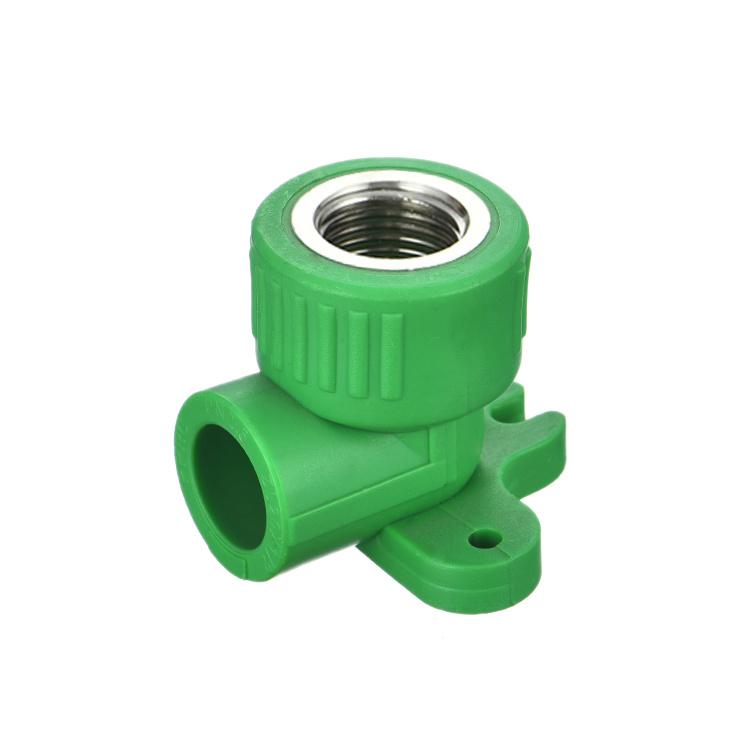
2. Incorrect Cutting of PPR Pipes
Another common mistake when installing PPR fittings is incorrectly cutting the PPR pipes. If the pipe ends are not cut squarely, the connection between the pipe and the fitting will not be tight, leading to leaks and a weak bond. Uneven pipe ends can also make it difficult to achieve a proper fusion weld between the fitting and the pipe.
Tip to Avoid This Mistake: Use a proper pipe cutter designed for PPR pipes. Ensure the cut is straight and clean to provide a smooth, flat surface for welding the fitting. Avoid using saws or tools that could damage the pipe edges.
3. Using the Wrong Fusion Temperature
Fusion welding is the process used to join PPR fittings to the pipes. This involves heating both the pipe and fitting until they become soft, and then pressing them together to form a strong bond. However, using the wrong fusion temperature can result in weak joints that may break or leak over time.
Tip to Avoid This Mistake: Ensure you are using the correct fusion temperature for the PPR pipes and fittings. The standard fusion temperature for PPR pipes is typically around 260-270°C (500-518°F). Always follow the manufacturer’s guidelines for the specific products you are using.
4. Improper Fusion Timing
In addition to using the correct fusion temperature, it’s equally important to allow enough time for the pipe and fitting to heat up properly before fusion. If the fusion time is too short, the bond will be weak, leading to potential leaks and system failure. On the other hand, allowing the materials to overheat can cause damage to the PPR fittings and pipe.
Tip to Avoid This Mistake: Follow the recommended fusion time for both the pipe and fitting. Ensure that the pipe and fitting are heated thoroughly before connecting them. Avoid rushing the process, as this can lead to poor-quality joints.
5. Not Aligning the Pipe and Fitting Properly
Alignment is critical when fusing PPR pipes to fittings. If the pipe and fitting are not aligned properly during fusion, the joint may not be secure, resulting in leaks or even total failure. It’s important to ensure that both components are aligned perfectly before fusing them together.
Tip to Avoid This Mistake: Use a pipe alignment tool to ensure both the pipe and fitting are aligned correctly before fusing. Double-check the alignment before applying pressure to make sure everything is properly positioned.
6. Failing to Clean the Pipe and Fitting
Contaminants like dust, grease, and dirt can interfere with the fusion process and weaken the bond between the PPR pipe and fitting. If the pipe or fitting is not properly cleaned before fusion, the connection may not be as strong, leading to leaks and reduced system performance.
Tip to Avoid This Mistake: Clean both the pipe and fitting thoroughly before fusing them. Use a cloth or cleaning wipes to remove any dust, grease, or debris from the surfaces. Avoid using harsh chemicals that could damage the PPR material.
7. Incorrect Pipe Support and Placement
When installing PPR pipes, it’s crucial to ensure that the pipes are adequately supported and placed in the correct position. Poor pipe support can lead to unnecessary stress on the joints, causing them to crack or leak over time. Inadequate support also puts the system at risk of freezing, sagging, or becoming misaligned.
Tip to Avoid This Mistake: Use proper pipe supports and brackets to secure the pipes in place. Ensure that the pipes are laid out with the correct slope and alignment to maintain water flow and prevent unnecessary stress on the joints.
8. Over-tightening or Under-tightening Fittings
While it may seem intuitive to either tighten the fittings as much as possible or leave them too loose, both extremes can cause problems. Over-tightening fittings can result in damage to the threads or the PPR material, leading to leaks. On the other hand, under-tightening can leave the connection insecure, resulting in weak bonds and potential leaks.
Tip to Avoid This Mistake: Follow the manufacturer’s recommendations for tightening the fittings. Use the appropriate tool for the job, and always tighten the fittings evenly and securely, but avoid excessive force.
9. Not Allowing for Expansion and Contraction
PPR pipes, like other materials, expand and contract due to temperature changes. If you do not account for this thermal expansion when installing the pipes, the fittings may become stressed, leading to leaks or breaks.
Tip to Avoid This Mistake: Leave enough space for thermal expansion and contraction in the pipe layout. You can use expansion loops or expansion joints to help absorb movement and prevent damage to the system.
10. Skipping Pressure Testing
After the installation of PPR fittings, skipping the pressure testing phase is a common mistake. Without conducting a pressure test, it’s impossible to know if the system is functioning properly and free from leaks. Pressure testing is essential for ensuring the safety and integrity of the entire plumbing system.
Tip to Avoid This Mistake: Always perform a pressure test on the system after installation to check for leaks or weak joints. This step ensures the plumbing system is leak-free and fully functional.
Conclusion
Installing PPR fittings is a relatively straightforward task, but it requires careful attention to detail. By avoiding common installation mistakes, such as choosing poor-quality fittings, improper pipe cutting, and incorrect fusion techniques, you can ensure that your PPR plumbing system performs well for years to come. Proper installation not only improves the longevity and efficiency of the system but also helps reduce costly repairs in the future.
Frequently Asked Questions (FAQs)
1. Can I install PPR fittings myself?
Yes, PPR fittings can be installed by DIY enthusiasts with the proper tools, such as a fusion welding machine. Make sure to follow the manufacturer’s instructions and take proper safety precautions.
2. How long does it take for PPR fittings to fuse properly?
The fusion time depends on the pipe diameter and fitting type, but typically it ranges from 5 to 10 seconds for smaller pipes. Always refer to the manufacturer’s guidelines for the specific materials you are using.
3. Are PPR fittings suitable for high-temperature applications?
Yes, PPR fittings are designed to handle water temperatures up to 95°C (203°F), making them ideal for both hot and cold water systems.
4. Can I use PPR fittings outdoors?
Yes, PPR fittings can be used outdoors, but it is important to protect them from prolonged UV exposure. You can cover the pipes or install them in shaded areas to prevent degradation from sunlight.
5. How do I know if a PPR fitting is of good quality?
Look for certified PPR fittings from reputable manufacturers. Check for certifications and ensure the fittings meet industry standards for durability, temperature, and pressure tolerance.
By being mindful of these common mistakes and following best practices, you’ll ensure a smooth and successful installation of your PPR plumbing system.

